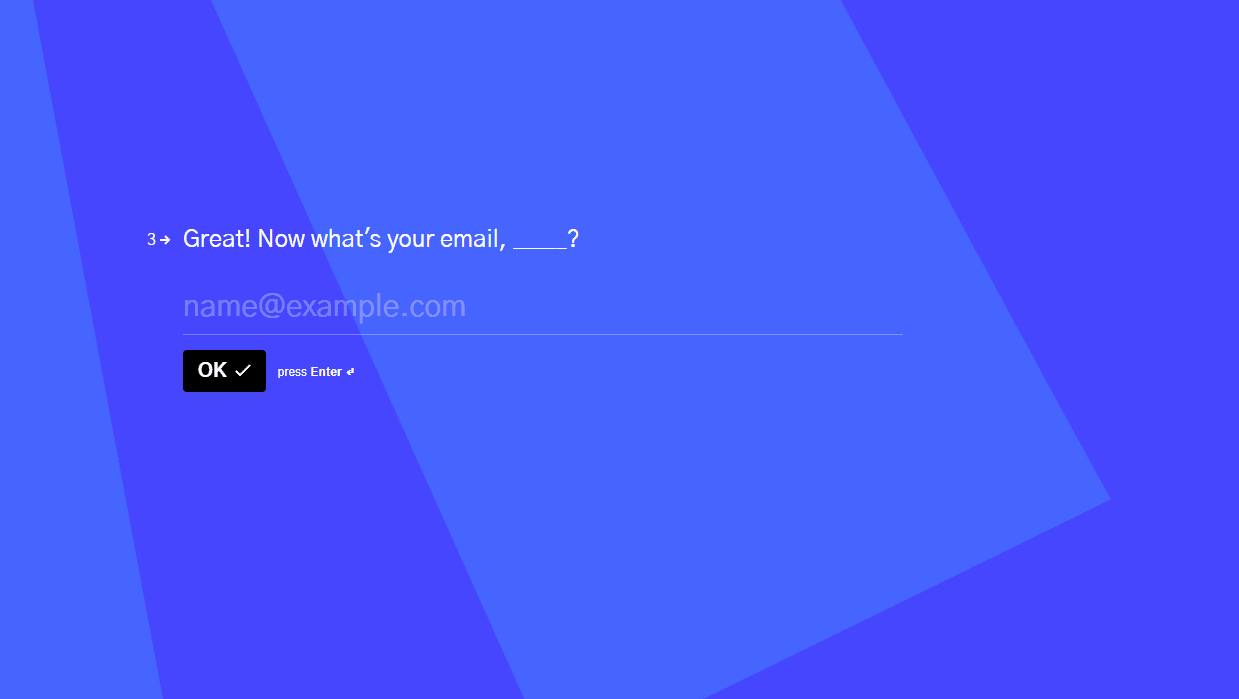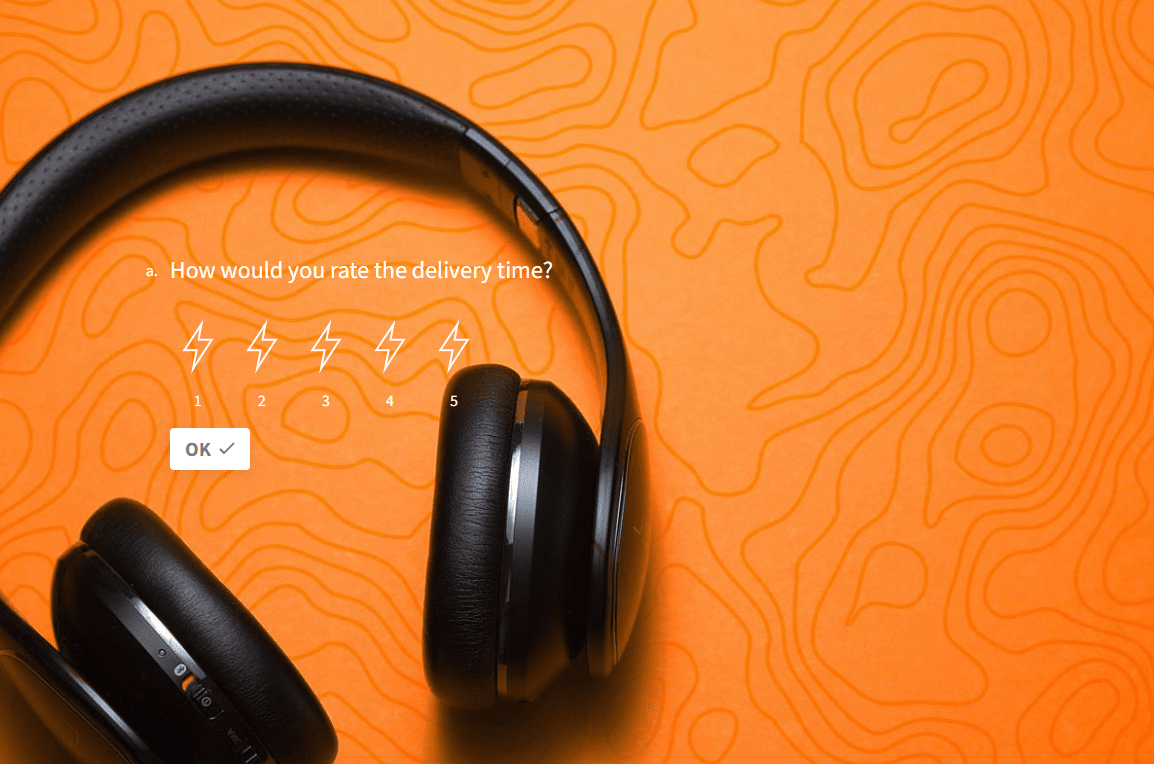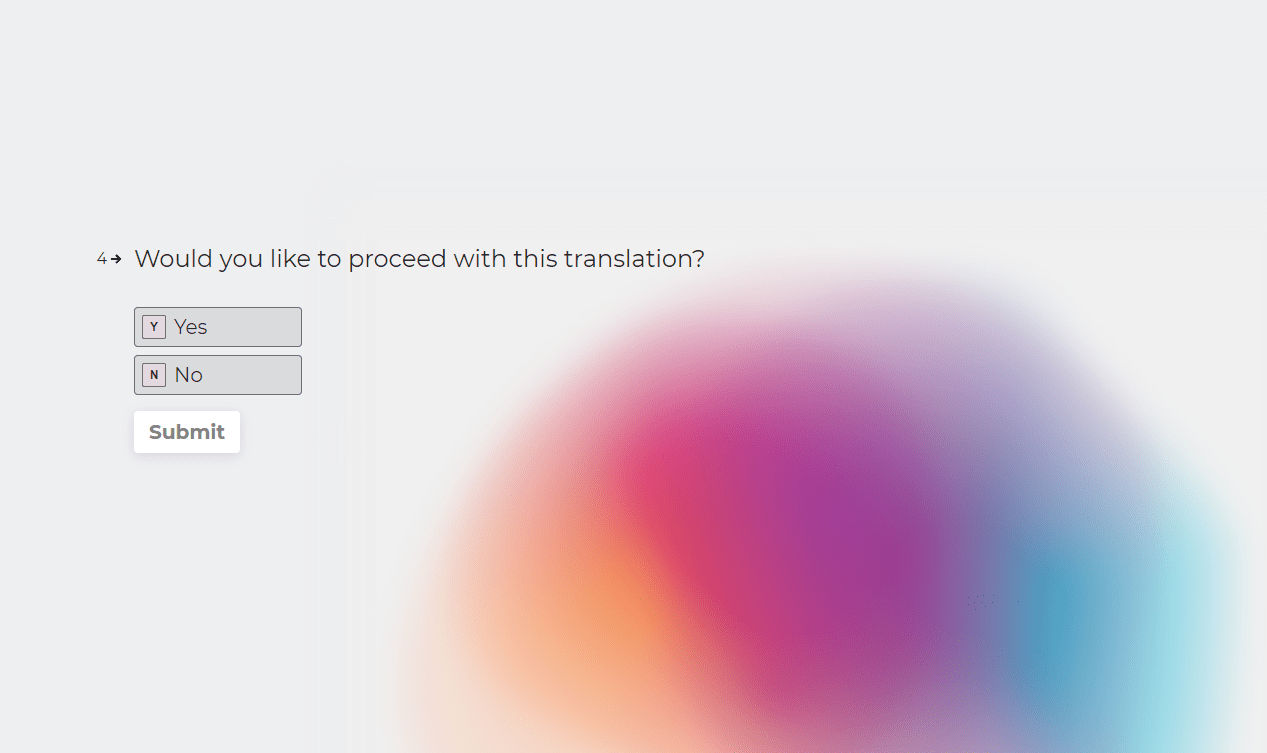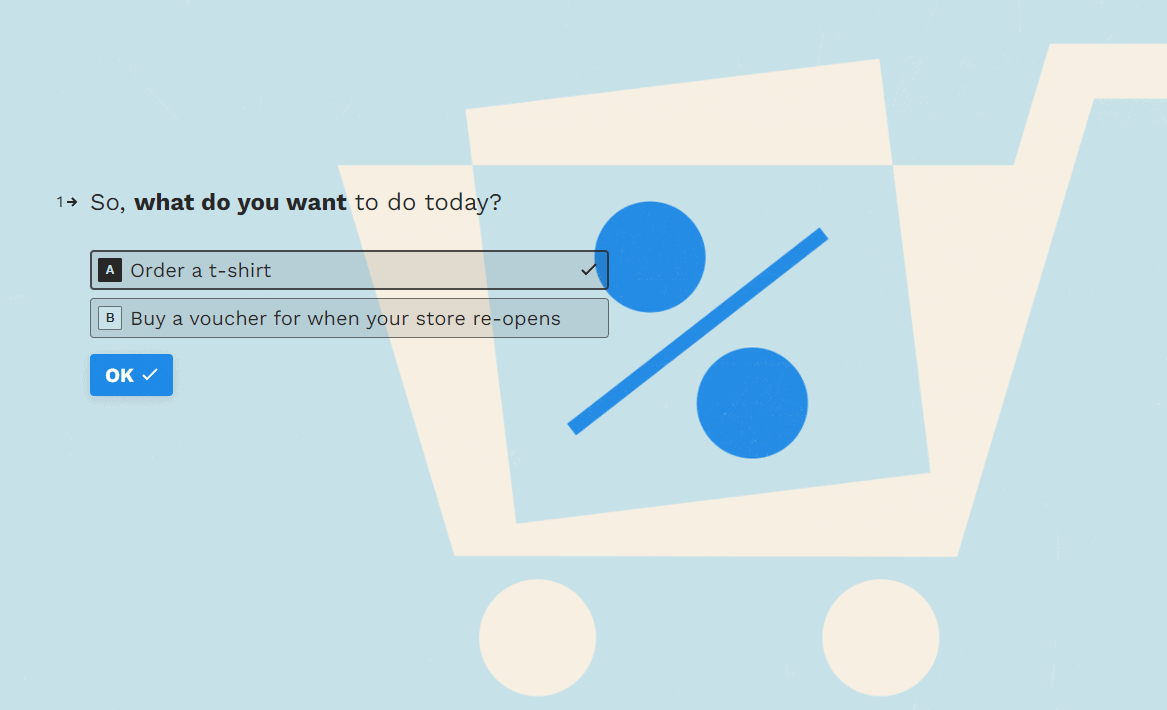Today’s landing pages have a whole laundry list of tasks for you to tackle.

They need to teach visitors about your brand, collect info from your customers, and—most importantly—bring in those sweet conversions.
How can you help a single landing page handle so much at once? Let a form do the heavy lifting.
This nifty tool improves your visitors’ experience to boost your landing page’s results.
Today, you’ll learn the benefits of landing page forms and what goes into a good one. Then, you’ll see five examples of forms to use on your own landing pages.
Why Use Forms?
Landing page forms boost conversions through three benefits:
- User-friendliness: For visitors, filling out an online form beats calling or emailing you because it takes less time and effort. Plus, they’ll know exactly what info to give you.
- Versatility: Online forms solve many business challenges, like getting customer feedback and generating leads.
- Device adaptability: It’s easy to adapt an online form to mobile landing pages. With so many folks using mobile devices to explore the internet, your tools have to fit the format.
What Makes a Good Landing Page Form?
Two main factors drive a kick-butt landing page form:
User experience
A conversation won’t go well if someone asks you all their questions at once, right? What if they drag the conversation on for longer than they should? The same rules apply to online forms.
The best online forms use the breadcrumb technique—asking questions a little bit at a time. We suggest presenting one question at a time to create a less overwhelming and more focused experience for your visitors.
They also don’t go for longer than they should. Over a quarter of form users—27% of ‘em, in fact—will abandon a form if it’s too long. Think about how much info you really need from your visitors to achieve your goal.
Form logic
Well-designed online forms adapt their questions to the visitor’s answers as they go. For example, if someone answers that they live in a house, a form shouldn’t ask them for their apartment number. A good form will send a visitor to questions relevant to them while skipping any unrelated questions.
5 Form Types to Spiff Up Your Landing Page
Try one of these five form types on your next landing page:
1. Contact
The “contact us” form is one of the most classic forms you’ll see on a landing page. It asks the visitor for basic contact info like their name and email and offers a field where they can write a message.
This form’s a staple for good reason. It reduces friction by letting visitors contact you right on your website—no extra steps needed. When you share your contact form upfront on your landing page, you’ll help your brand look authentic and open.

2. Lead generation
A whopping 84% of marketers use online forms for lead generation—capturing contact info to use as a lead in your sales funnel. In the world of landing pages, most lead generation landing pages have a lead magnet (a resource that visitors can download in exchange for entering their contact info in a form). But, they can also take unconventional formats like quizzes that send their results to the email the visitor gives.
Lead generation forms keep businesses sustainable by adding new prospects to the sales funnel. They make the process seamless by converting the visitor’s info into a format you can send to your CRM or another sales software.
Let’s look at a lead gen form in action. This lead generation form uses another popular lead generation strategy: newsletter signups.

After asking for the visitor’s name, this form addresses them by name when asking for their email (hence the “___” in the screenshot). What a great way to add a personal touch to the signup process.
3. Customer feedback
Not all landing pages are hyper-focused on sales. Some of them have softer asks, like requesting feedback from customers. A customer feedback form asks questions about the visitor’s thoughts about a business and their preferences for future features.
The info you get from a customer feedback form is business gold. After all, where else are you going to get optimization tips straight from your audience?
Plus, delegating your customer feedback process to a form creates a lighter lift for your visitors. Instead of getting in touch with you directly, they can fill out the form at their leisure. As a result, they’ll have a higher chance of giving their thoughts in the first place.
Since forms have different answer formats like scales, ratings, and multiple-choice, they make it a snap for customers to express their opinions. Look how this form lets the user rate aspects of their order from 1 to 5:

4. Online quote
When you run a service-based or bespoke business, you usually can’t tell a customer their price right off the bat. You need more information from them to quote the right number. An online quote form does the hard work for you, collecting your customer’s specs and giving them an estimate.
Both you and your customer will benefit from an online quote form. They get transparent pricing so they don’t have sticker shock, while you don’t have to worry about them bouncing because of unexpected costs. And if someone leaves because of the estimate they get from your form, you’ll have screened out a lead that wasn’t a great fit.
To get only qualified leads from your online quote form, keep it real. Notice how this translation quote form asks if you’d like to proceed with the transaction after you get your quote:

Customers not interested in the service anymore can bow out before the form adds them to a contact list, saving both sides an awkward conversation.
5. Order
Not all items for sale online go into a virtual cart. Custom and bulk orders need a little extra TLC in the ordering process. An online order form captures all of a customer’s specs and takes their payment so you can get your orders right every time.
Like online quote forms, online ordering forms make a complicated part of business frictionless. They ease the conversion process by simplifying it for your customers—and who’s not a fan of that? Small businesses especially like online ordering forms since they add a professional touch with little effort.
Since online order forms are customizable, they can handle a lot of the quirks of running custom orders. Check out how this t-shirt ordering form lets the customer submit an order or grab a voucher to turn in IRL:

Make Your Life Easier with a Form Builder
Now that you’ve seen these versatile examples, you may be tempted to go all-in coding a custom form for your landing page. But there’s an easier solution. Save yourself some time with a form builder. The best form builders for landing pages have customization options and templates to create a tailored experience fast.
Unbounce’s Typeform app lets you add human-first forms—including the ones covered in this post—to your landing page right in Smart Builder. Typeform forms use conditional logic to give your visitors the smoothest experience possible.
It’s just one of the ways Unbounce Apps will get your landing page conversion-ready. Create a free Typeform account today to use with Unbounce’s Smart Builder.